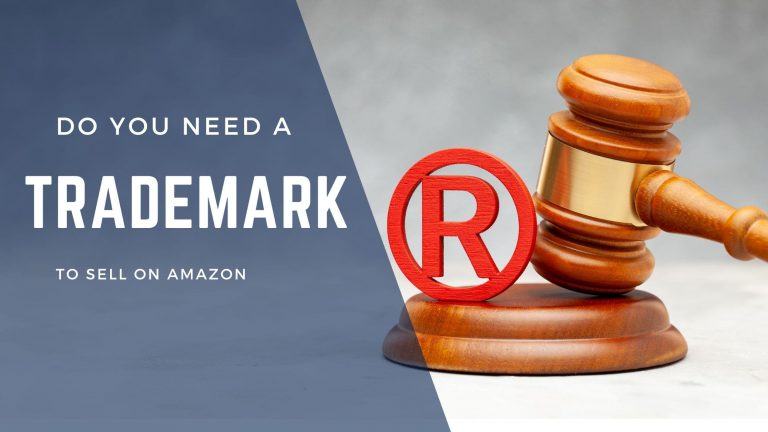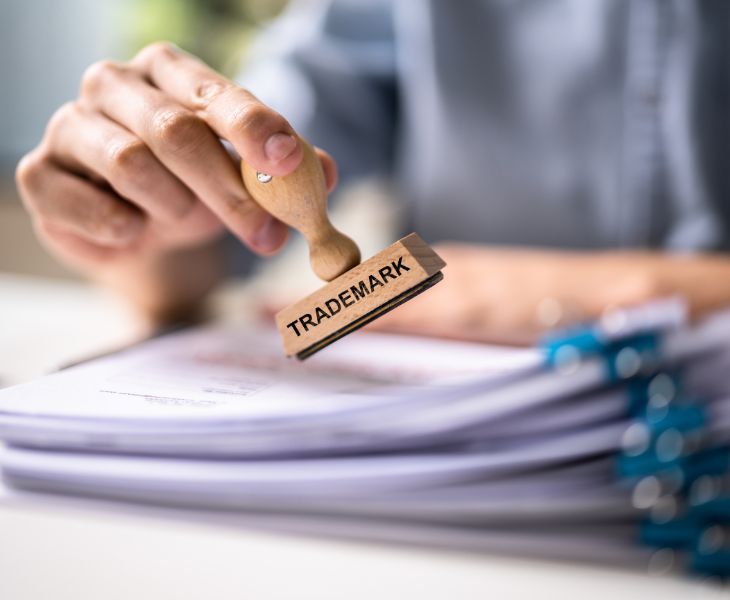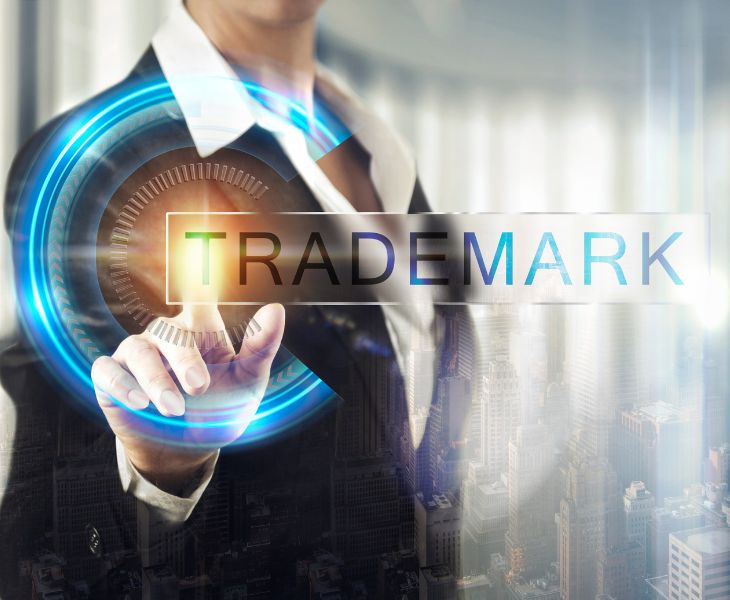Launching a brand on Amazon can be both exciting and overwhelming, with questions about logistics, competition, and legal requirements. One common question new sellers often ask is, “Do I need a trademark to get started?” The answer is simpler than you might expect: No, you don’t need a trademark to begin selling on Amazon. While having a registered trademark offers several long-term benefits, it’s not a prerequisite to create product listings or attract your first customers.
In this blog, we’ll walk through the process of launching your brand without a trademark, explore the alternative options Amazon offers, and discuss the steps you can take to establish brand protection as you grow.
Do You Need a Trademark to Sell on Amazon?
The Simple Answer: No, You Can Launch Without One
You don’t need a trademark to list your products or sell on Amazon. This is good news for new sellers who want to test the waters without the extra expense and time commitment associated with registering a trademark. Amazon’s selling policies are designed to be accessible to small businesses and individual sellers alike, so you can focus on building your business from day one without worrying about legal registrations upfront.
GTIN Exemption: Bypassing the Trademark Requirement
GTIN (Global Trade Item Number) exemption allows sellers to list products without using standard barcodes (UPC codes). This is particularly useful for private-label sellers, handmade product creators, or brands that don’t yet have a registered trademark. The GTIN exemption effectively bypasses the need for a unique identifier or trademark in Amazon’s catalog, allowing you to focus on product listing and sales.
The Basics of Brand Registry
Amazon’s Brand Registry program is a platform benefit for trademarked brands that offers advanced protections and marketing tools. While you don’t need a trademark to sell on Amazon, Brand Registry offers a way to enhance brand control once you’ve established yourself. By enrolling in Brand Registry, you gain access to A+ Content, which allows you to create rich, branded product pages with images, comparison charts, and enhanced text.
What is GTIN Exemption and How Can It Help You?
Understanding GTIN and Why It’s Necessary for Product Listings
A GTIN is a unique product identifier required by Amazon for its catalog. Standard GTINs like UPCs (Universal Product Codes) are commonly seen as barcodes. Each GTIN identifies an item uniquely, helping Amazon and other retailers to distinguish it in inventory systems and search results. However, new sellers or those with unique products may not have registered barcodes, which is where GTIN exemption becomes a valuable option.
Applying for GTIN Exemption: A Step-by-Step Guide
Getting GTIN exemption is straightforward:
- Login to Seller Central: Under the “Inventory” tab, click on “Add a Product” and choose “Apply for a GTIN Exemption.”
- Choose Category and Brand: Specify the category your product falls under and the brand name you’re using (for handmade or unbranded products, you can leave the brand name blank).
- Submit Documentation: Provide supporting documents like product images, branding proof, or details about your product.
- Wait for Approval: Amazon’s review typically takes about 48 hours, after which your exemption will either be approved or denied. Once approved, you can list your products without a GTIN.
Eligibility: Which Products and Brands Qualify?
GTIN exemption is most commonly available for niche and custom-made products, as well as certain product categories like handmade goods. If you’re unsure whether your product qualifies, Amazon’s GTIN Exemption Policy provides a list of eligible categories. This exemption is ideal for brands selling unique, boutique items or testing a new product without committing to a registered barcode system.
Why You Should Still Consider a Trademark Eventually
Benefits of Trademarking: Protecting Your Brand from Copycats
As your brand gains traction, protecting your products from imitators and counterfeiters becomes more important. A registered trademark offers legal protection, giving you exclusive rights to your brand name and logo in specific product categories. This is especially valuable for popular products or brands that competitors might try to imitate. With a trademark, you can take legal action to stop unauthorized use, keeping your brand secure.
Access to Brand Registry
While you don’t need Brand Registry to sell, it provides substantial advantages for those with trademarks. Amazon’s Brand Registry gives access to tools like:
- A+ Content: Enhanced content for product descriptions, helping you improve customer engagement.
- Sponsored Brand Ads: Advanced ad placements to increase product visibility.
- Brand Analytics: Detailed insights about customer behavior, sales trends, and product searches.
- Build Your Brand Store: Create a customized brand storefront to showcase your product line, tell your brand story, and enhance customer shopping experience.
- Manage Experiments: Test and optimize product content to discover what resonates best with your audience and drives conversions.
- Customer Reviews: Collect and showcase authentic customer feedback to build trust and improve your product’s reputation.
- Virtual Bundles: Increase sales by bundling complementary products, offering more value and convenience to customers.
- Build Your Brand with Amazon Transparency: Protect your brand and reassure customers with Amazon's secure tracking, ensuring product authenticity and trust.
These tools are invaluable as you scale, helping you grow a recognizable and trusted brand on Amazon’s competitive platform.
Building Long-term Brand Equity
Beyond the immediate protections, a trademark also enhances your brand’s long-term value. Building trust and recognition around a unique brand identity can make your business more appealing to customers, especially when expanding beyond Amazon to other e-commerce platforms or even physical retail. For these reasons, trademarking is a worthwhile investment for sellers who see their brand as a long-term asset.When & How Should You Register a Trademark?
Signs Your Brand is Ready
While there’s no fixed timeline, you may consider a trademark when:
- You’re seeing consistent sales and building a loyal customer base.
- Your product line is expanding, and you’re investing in new products under the same brand name.
- You receive frequent customer feedback that shows your brand is recognized and appreciated.
These signs indicate that your brand has established market value, and it’s time to secure it through trademark registration.
The Trademark Process: Time and Costs Involved
The trademark registration process involves:
- Conducting a Trademark Search: Ensuring your brand name or logo isn’t already registered.
- Filing an Application: This involves submitting an application to your country’s trademark office, providing necessary details about your business and products.
- Approval Period: The process usually takes around 6–12 months, depending on location. Costs vary, but typical fees range from $200–$500, plus attorney fees if applicable.
Trademark registration is a commitment, but it’s essential for brand protection and long-term planning.
Planning for Brand Expansion
Trademarking should be seen as part of a broader strategy for growth. With a registered trademark, you gain the confidence to expand your product line, grow into other markets, and even consider licensing opportunities. It positions your brand for stability and scalability, making it a powerful foundation for future expansion.
For Trademark registration, you can get help from service provider Mr. Moin: +91 8147903480
Conclusion
Launching a brand on Amazon without a trademark is entirely feasible, allowing you to build momentum quickly without the need for legal complexities. Leveraging GTIN exemption and understanding Amazon’s policies helps you start strong, especially for unique products or small-scale businesses. As your brand grows, registering a trademark becomes a strategic investment, helping you protect your brand’s identity and establish credibility. With this knowledge, you can confidently launch your products and lay the groundwork for future success on Amazon and beyond.





